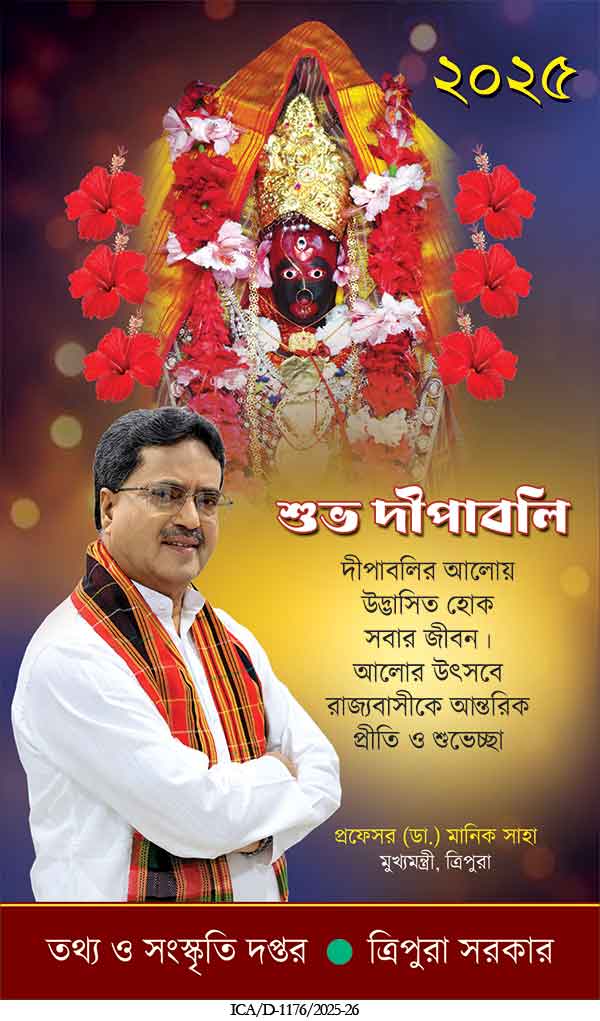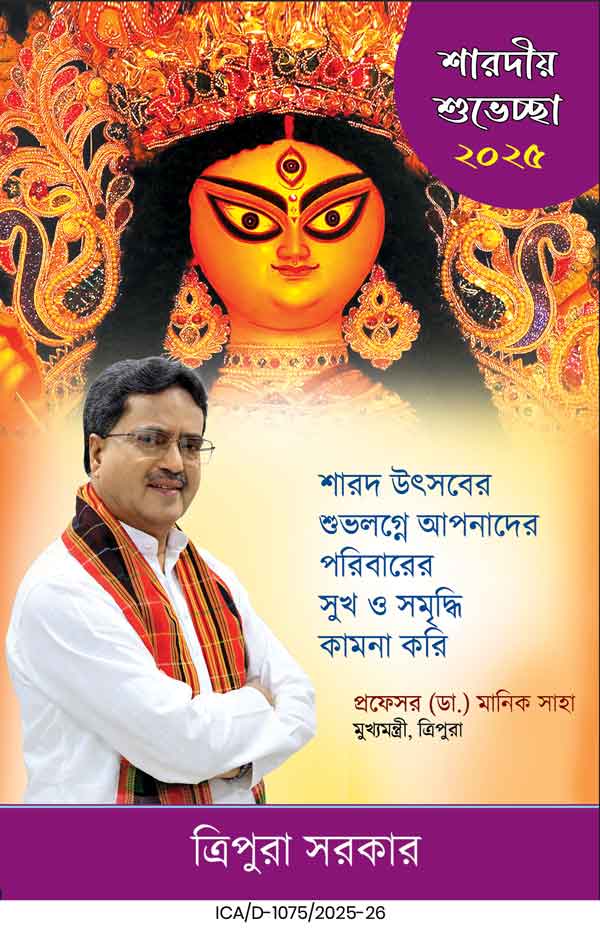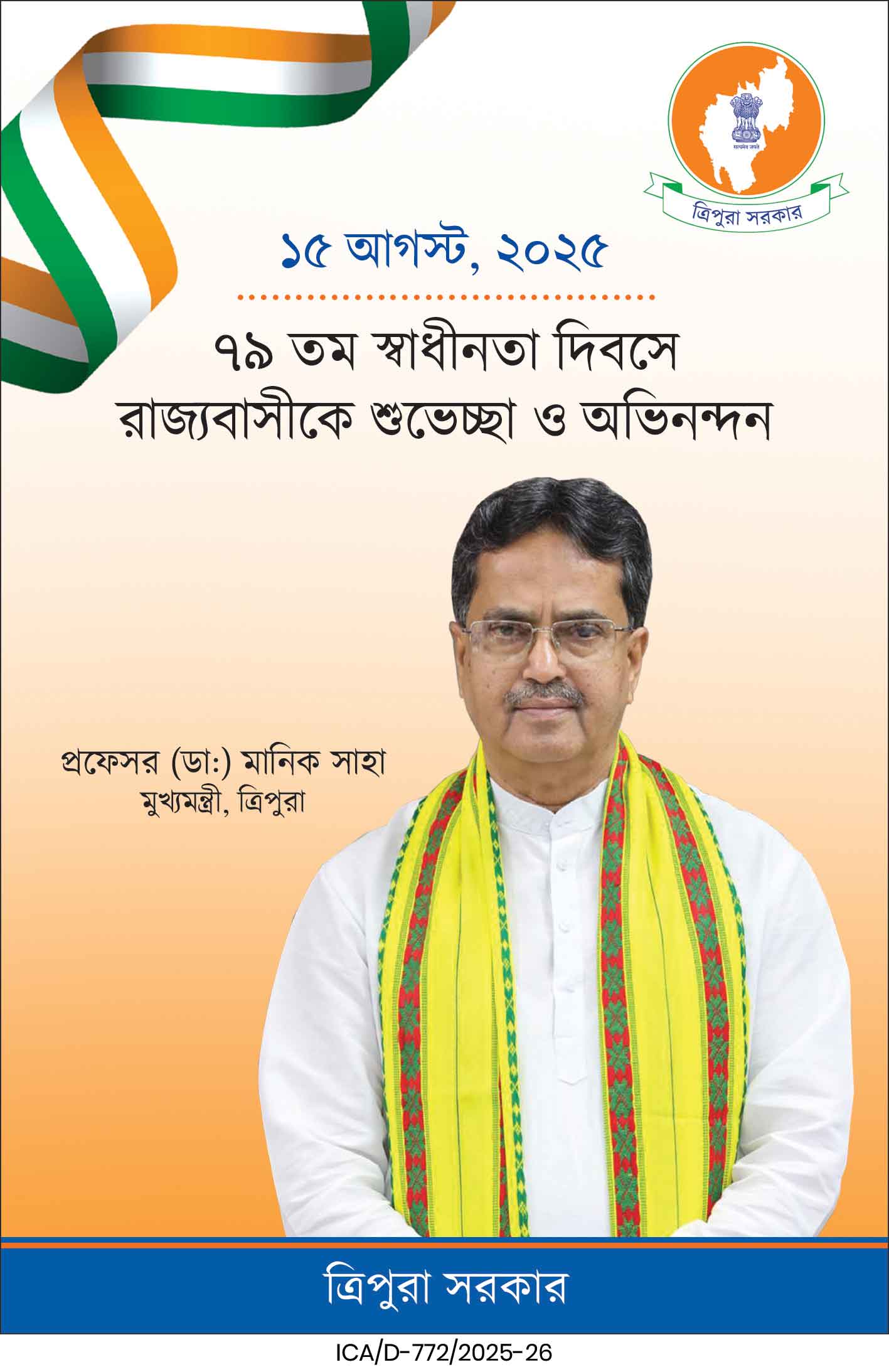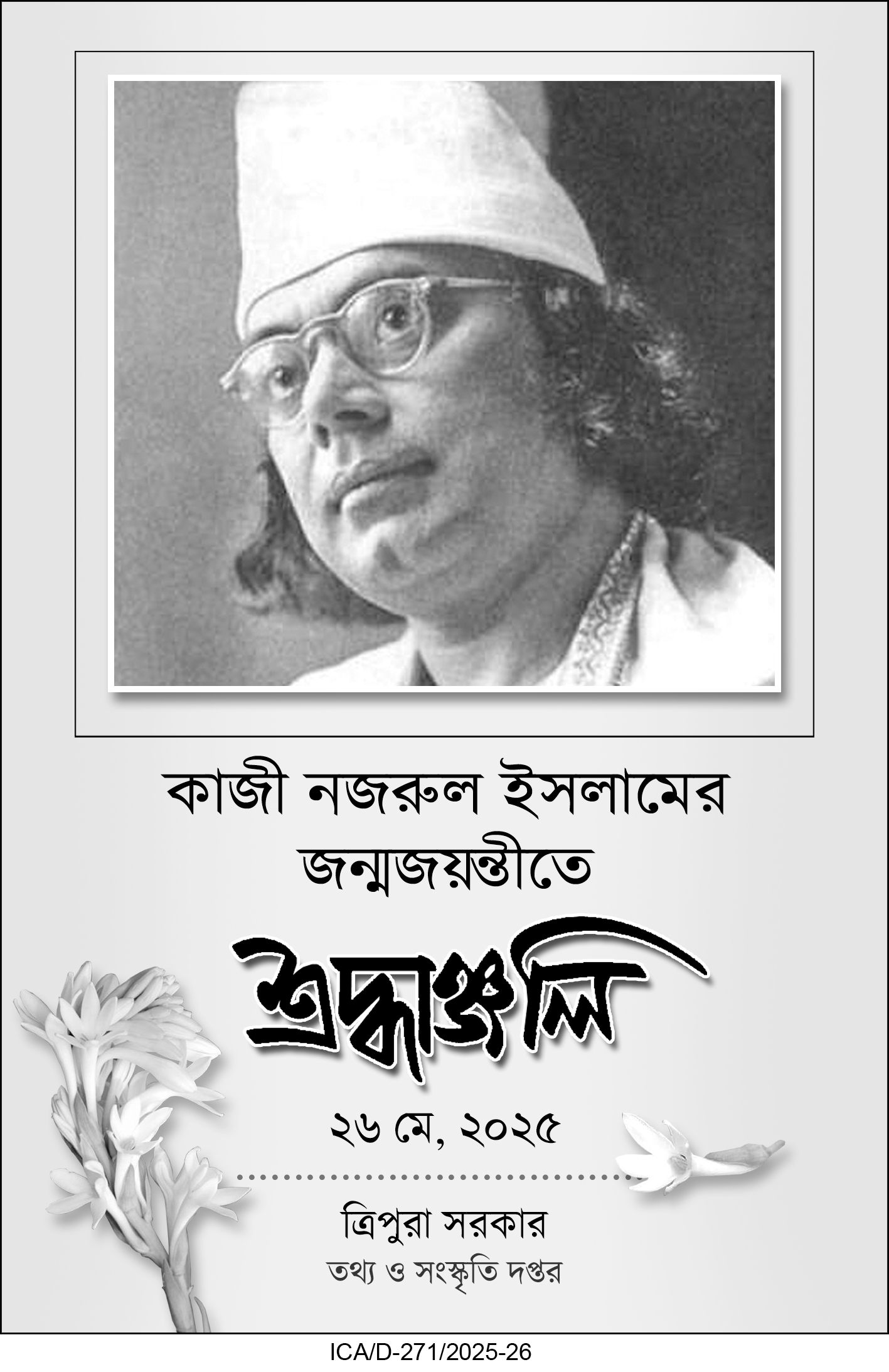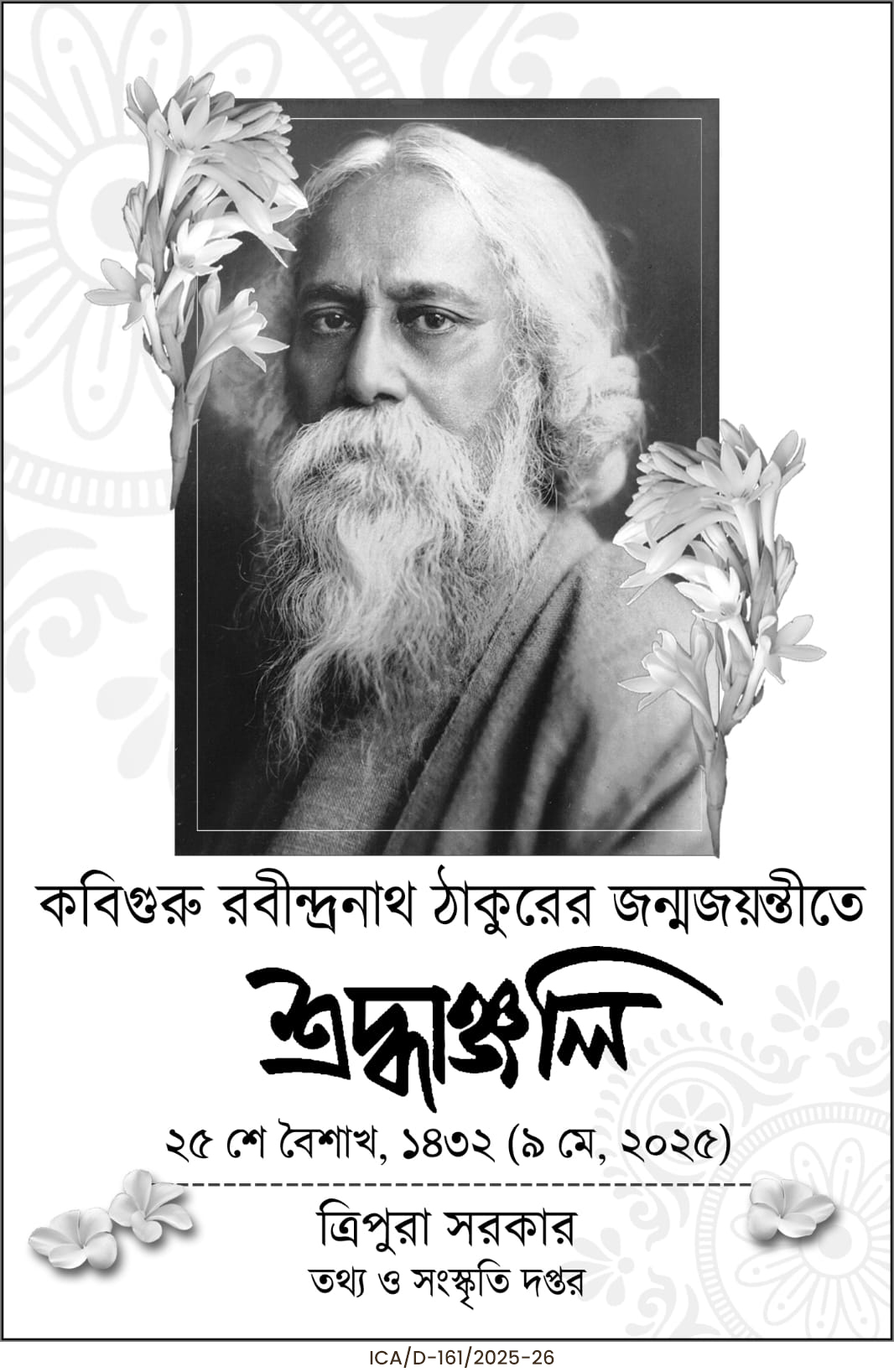The world is celebrating World Television Day on Friday, a day declared by the United Nations in 1996 to recognise how television helps inform, educate, and connect people everywhere. In India, the day is observed by the Ministry of Information and Broadcasting and Prasar Bharati, with Doordarshan and All India Radio highlighting the importance of television in sharing public messages and promoting national unity.
Television in India began on 15 September 1959 with a small experimental broadcast by All India Radio in Delhi. Regular daily programmes started in 1965, leading to the creation of Doordarshan. Over time, television became a trusted medium for news, education, and entertainment, reaching people even in remote villages. A significant chapter in this era was the 1975-76 Satellite Instructional Television Experiment (SITE) conducted by ISRO and NASA, which utilised NASA’s ATS-6 satellite to broadcast educational content to 2,400 villages across six states, marking one of the world’s largest satellite-based learning initiatives.
Today, India has over 23 crore TV households and 90 crore viewers, making television one of the country’s strongest communication tools. India also has 918 private satellite channels, offering a wide range of content in many languages.
The Media and Entertainment sector is a major part of India’s economy, contributing 2.5 trillion rupees in 2024, and it is expected to grow even more by 2027 with the rise of digital services, smart TVs, HD broadcasting and OTT platforms.
Television continues to serve as one of the most powerful platforms for information and entertainment outreach in India, connecting millions of households and contributing significantly to the objectives of public awareness and participatory governance.
Must Read
- Advertisement -

